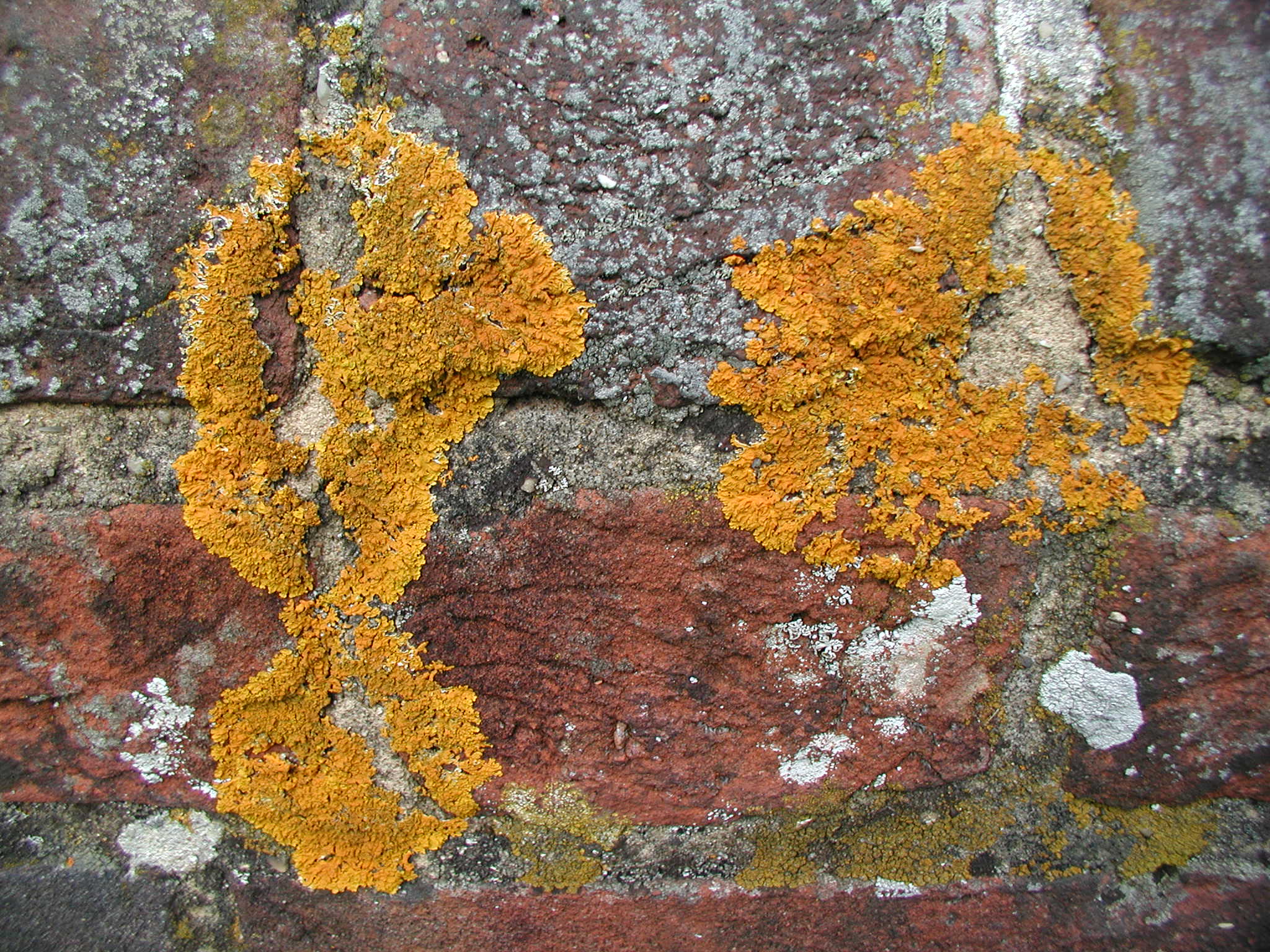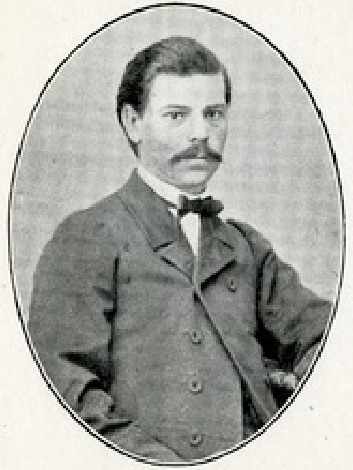|
Lecidea Keimioeënsis
''Lecidea keimioeensis'' (originally published as ''keimioeënsis'') is a species of crustose lichen. It was collected by Finnish botanist Kaarlo Linkola from , Finland, (for which the species is named), and identified as a new species by Edvard August Vainio. This species was the last one described by Vainio before he had to go to the hospital for a sudden illness, where he died two weeks later. Since its original publication, it has scarcely been reported in the scientific literature. In a 1997 assessment report about the inclusion criteria for a Finnish Regional Red List A Regional Red List is a report of the threatened status of species within a certain country or region. It is based on the IUCN Red List of Threatened Species, an inventory of the conservation status of species on a global scale. Regional Red ..., the species was described as an example of "probably curiosities known to only one researcher". See also * List of ''Lecidea'' species References keimi ... [...More Info...] [...Related Items...] OR: [Wikipedia] [Google] [Baidu] |
Vain
Vain may refer to: * Vain (band), an American glam metal band formed in 1986 * Vain (horse) (1966–1991), an Australian Thoroughbred racehorse * Vain Stakes, an Australian Thoroughbred horse race * Vaginal intraepithelial neoplasia, a medical disorder * Edvard August Vainio (1853–1929), taxonomic author abbreviation Vain., Finnish lichenologist * Vanity Vain, Swedish drag queen * Vain, a fictional creature in ''The Chronicles of Thomas Covenant'' by Stephen Donaldson See also * Vanity * Vane (other) {{disambiguation, surname ... [...More Info...] [...Related Items...] OR: [Wikipedia] [Google] [Baidu] |
Crustose Lichen
Crustose lichens are lichens that form a crust which strongly adheres to the Substrate (biology), substrate (soil, rock, tree bark, etc.), making separation from the substrate impossible without destruction. The basic structure of crustose lichens consists of a cortex (botany), cortex layer, an algal layer, and a medulla. The upper cortex layer is differentiated and is usually pigmented. The algal layer lies beneath the cortex. The medulla fastens the lichen to the substrate and is made up of Fungus, fungal hyphae. The surface of crustose lichens is characterized by branching cracks that periodically close in response to climatic variations such as alternate wetting and drying regimes. Subtypes * Powdery – considered as the simplest subtype due to the absence of an organized thallus. :The thallus appears powdery. :E.g. Genera ''Lepraria'', ''Vezdaea'' * Endolithic – grows inside the rock, usually in interstitial spaces between mineral grains. The :upper cortex is usually d ... [...More Info...] [...Related Items...] OR: [Wikipedia] [Google] [Baidu] |
Kaarlo Linkola
Kaarlo Linkola (surname until 1906 Collan; 1888–1942) was a Finnish botanist and phytogeographer. Linkola was docent of botany at Helsinki University 1919–1922. He was professor of botany at University of Turku from 1922, and at Helsinki University from 1925 (in a newly established second chair of botany). He was head of the botanical institute from 1926, dean of the ''Faculty of Science'' for two periods (1930–1933 and 1936–1938) and rector of Helsinki University 1938–1941. In 1921, he edited and distributed the exsiccata ''Nylander and Norrlin, herbarium lichenum Fenniae continuatio'' with Edvard August Vainio. Linkola's doctoral dissertation (1916) dealt with the impact of culture of vegetation in Southern Karelia. Much later Ilkka Hanski used Linkola's data on plants associated with villages isolated in the boreal forest landscape matrix to illustrate his core-satellite species hypothesis. Linkola made a unique contribution to the understanding of regeneration ... [...More Info...] [...Related Items...] OR: [Wikipedia] [Google] [Baidu] |
Edvard August Vainio
Edvard August Vainio (born Edvard Lang; 5 August 185314 May 1929) was a Finnish lichenology, lichenologist. His early works on the lichens of Lapland (Finland), Lapland, his three-volume monograph on the lichen genus ''Cladonia'', and, in particular, his study of the taxonomy (biology), classification and morphology (biology), form and structure of lichens in Brazil, made Vainio renowned internationally in the field of lichenology. Young Vainio's friendship with university student Johan Petter Norrlin, who was nearly eleven years older, helped him develop an impressive knowledge of the local cryptogams (ferns, mosses, algae, and fungi, including lichens) and afforded him ample opportunity to hone his collection and identification (biology), identification techniques at an early age. It was through this association that Vainio met Norrlin's teacher, the prominent lichenologist William Nylander (botanist), William Nylander, who supported his early botanical efforts. Vainio's earl ... [...More Info...] [...Related Items...] OR: [Wikipedia] [Google] [Baidu] |
Species Description
A species description is a formal scientific description of a newly encountered species, typically articulated through a scientific publication. Its purpose is to provide a clear description of a new species of organism and explain how it differs from species that have been previously described or related species. For a species to be considered valid, a species description must follow established guidelines and naming conventions dictated by relevant nomenclature codes. These include the International Code of Zoological Nomenclature (ICZN) for animals, the International Code of Nomenclature for algae, fungi, and plants (ICN) for plants, and the International Committee on Taxonomy of Viruses (ICTV) for viruses. A species description often includes photographs or other illustrations of type material and information regarding where this material is deposited. The publication in which the species is described gives the new species a formal scientific name. Some 1.9 million ... [...More Info...] [...Related Items...] OR: [Wikipedia] [Google] [Baidu] |
Regional Red List
A Regional Red List is a report of the threatened status of species within a certain country or region. It is based on the IUCN Red List of Threatened Species, an inventory of the conservation status of species on a global scale. Regional Red Lists assess the risk of extinction to species within a political management unit and therefore may feed directly into national and regional planning. This project is coordinated by the Zoological Society of London, the World Conservation Union (IUCN) and partners in national governments, universities and organizations throughout the world. Regional Red Lists may assist countries or regions in: * Determining the conservation status and trends of species * Identifying species or ecosystems under greatest threat * Informing conservation planning and priority setting * Raising awareness of threatened species Assessing extinction risk on a regional scale The IUCN Categories and Criteria were initially designed to assess the conservation ... [...More Info...] [...Related Items...] OR: [Wikipedia] [Google] [Baidu] |
List Of Lecidea Species
This is a list of species in the predominantly crustose lichen genus ''Lecidea''. They are common name, commonly known as "disk lichens" or "tile lichens". A 2020 estimate placed about 100 species in the genus. , Species Fungorum accepts 128 species in ''Lecidea''. A *''Lecidea aberrata'' *''Lecidea adnata'' *''Lecidea advertens'' *''Lecidea albofuscescens'' *''Lecidea albohyalina'' *''Lecidea antiloga'' *''Lecidea aptrootii'' *''Lecidea atrobrunnea'' *''Lecidea atromorio'' *''Lecidea aurantia'' *''Lecidea auriculata'' B *''Lecidea bacidioides'' *''Lecidea berengeriana'' *''Lecidea brodoana'' *''Lecidea brunneonigrescens'' *''Lecidea buellielloides'' C *''Lecidea callista'' *''Lecidea calpodes'' *''Lecidea campbellensis'' *''Lecidea capensis'' *''Lecidea cerarufa'' *''Lecidea cerviniicola'' *''Lecidea chlorocarpa'' *''Lecidea confluens'' *''Lecidea confluentula'' *''Lecidea contigua'' *''Lecidea coriacea'' – Europe; North America *''Lecidea crassil ... [...More Info...] [...Related Items...] OR: [Wikipedia] [Google] [Baidu] |


